Ultimate Guide on How to Crate Train an Older Dog: Strategies, Benefits, and FAQs
Part 1: Introduction to Crate Training an Older Dog
Crate training is a fundamental method in dog training, designed to instill a sense of safety and establish a personal, secure space for dogs. This technique is especially advantageous for older dogs, offering them a sanctuary during stressful situations and ensuring their well-being during transportation. It’s never to late to crate train an older dog!
1.1 Definition and Overview of Crate Training
Crate training is a systematic process where dogs are progressively introduced to their crate, learning to view it as a safe and stress-free environment. This method is crucial for developing positive associations with the crate and is central to the well-being and comfort of the dog. It’s more than just confinement; it’s about providing a secure and calming space, allowing dogs to feel content and at ease.
1.2 Importance of Crate Training Older Dogs
For older dogs, who are often settled in their ways, crate training can be a significant boon. It serves as a refuge during stressful situations, aids in secure transportation, and makes visits to the veterinarian smoother and safer. The adaptability and learning capabilities of older dogs play a pivotal role in integrating crate training effectively, enhancing their overall quality of life.
1.3 Challenges in Crate Training Older Dogs
The ingrained habits and established routines of older dogs bring forth a unique set of challenges in crate training. Employing patience, repetition, and positive reinforcement is essential to overcome these challenges and to build positive associations with the crate. The intricacies and considerations in training older dogs highlight the need for a careful and compassionate approach in crate training.
1.4 Brief on Subsequent Sections
In the upcoming sections, we will delve deeper into the reasons, challenges, and actionable solutions related to crate training older dogs. A detailed step-by-step guide along with a thorough FAQs section will aim to provide readers with a comprehensive understanding of crate training older dogs. Readers are encouraged to explore the subsequent sections for a more in-depth insight and understanding of the effective methods of crate training older dogs.
1.5 Closing Thoughts on Crate Training an Older Dog
Crate training is an essential aspect of dog training, particularly beneficial for older dogs, providing them a haven and addressing behavioral nuances. The inherent challenges in training older dogs require a thoughtful and affirming approach, focusing on creating positive associations and alleviating any discomfort. The exploration in the following sections will offer a holistic view on crate training older dogs, equipping dog owners with the necessary knowledge and techniques to successfully implement crate training.
Part 2: Reasons for Crate Training an Older Dog
Crate training is not merely a method; it’s a strategic approach to ensure the safety, well-being, and comfort of older dogs in various situations. It’s a multifaceted technique, addressing several aspects of an older dog’s life, including safety, transportation, veterinarian visits, recovery from illness or injury, and providing a refuge in stressful situations.
2.1 Safety and Preparedness
Crate training plays a pivotal role in ensuring the safety of an older dog, particularly in unforeseen situations such as emergencies and natural disasters. It acts as a preventive measure, mitigating risks and providing a secure space for an adult dog in times of distress. The emphasis on safety and preparedness is crucial, allowing owners to be equipped to safeguard their pets effectively in any circumstance.
2.2 Transportation and Travel
The benefits of crate training extend to transportation and travel, especially for older dogs. It facilitates a stress-free and secure transit experience, whether it’s a short trip to the vet or a long-distance journey. Articles and guidelines from [ASPCA](https://www.aspca.org/pet-care/dog-care/common-dog-behavior-issues/separation-anxiety) provide insights into understanding separation anxiety and crate training during travel, emphasizing the importance of creating a familiar and comfortable environment for adult dogs during transit.
2.3 Veterinarian Visits
Veterinarian visits can be stressful for older dogs, and crate training serves as a solution to minimize anxiety and stress during these visits. Having a familiar space during health check-ups is significant for the well-being of older dogs. Resources from the [Humane Society](https://www.humanesociety.org/resources/crate-training-101) offer an introduction to crate training, highlighting its importance and benefits during veterinarian visits and health examinations.
2.4 Illness or Injury Recovery
Recovery from illness or injury is a delicate phase for a senior dog, and crate training aids in this process by providing a confined and secure space. This confinement is essential for proper healing and recuperation, allowing older dogs to recover in a controlled and comfortable environment.
2.5 Stressful Situations
In stressful situations, crates serve as a sanctuary for older dogs, offering a secure and familiar environment to retreat to. The role of the crate training session in stress reduction and management for senior dogs is paramount, enabling older dogs to have a sense of security and tranquility in tense scenarios.
Part 3: Challenges and Solutions in Crate Training Older Dogs
Crate training older dogs can be a nuanced process, with various challenges arising due to their established habits, health concerns, and initial resistance to new learning. However, with the right strategies and understanding, these challenges can be effectively addressed, paving the way for successful crate training.
3.1 Pre-existing Habits and Routines
Older dogs often come with a set of established habits and routines, making the integration of crate training a challenging endeavor. It is essential to modify these habits gradually and integrate crate training seamlessly into their existing routines. Strategies such as consistent scheduling and positive reinforcement can be pivotal in modifying habits and fostering a positive association with the crate.
3.2 Anxiety and Stress
Anxiety and stress are common challenges encountered during crate training of older dogs. Addressing these emotional states is crucial to ensure the well-being of the dog and the success of the training. Techniques such as gradual introduction to the crate and positive reinforcement can be instrumental in reducing anxiety and stress. Resources from [ASPCA](https://www.aspca.org/pet-care/dog-care/common-dog-behavior-issues/separation-anxiety) provide valuable insights into reducing anxiety and stress in crate training, emphasizing the importance of a gentle and empathetic approach.
3.3 Health Concerns
Health concerns, such as arthritis and incontinence, can affect the crate training process for older dogs. Accommodating these health concerns is vital to ensure the comfort and well-being of the dog during the training session. Providing comfortable bedding and allowing frequent breaks are some recommendations to accommodate health concerns during crate training. Consultation with a veterinarian is also advised to address any specific health-related challenges effectively.
3.4 Resistance to New Learning
Older dogs may exhibit resistance to new learning and training methods. Encouraging learning and adaptation through consistent training sessions and rewards is essential to overcome this resistance. The [Humane Society](https://www.humanesociety.org/resources/crate-training-101) offers basic guidelines on crate training, highlighting the importance of patience and consistency in training older dogs, especially those resistant to new learning.
3.5 Other Thoughts on Challenges of Crate Training an Adult Dog
The challenges in crate training older dogs are multifaceted, ranging from pre-existing habits to health concerns. Addressing these challenges requires a comprehensive approach, focusing on modifying habits, reducing anxiety and stress, accommodating health concerns, and encouraging new learning. With the right strategies and resources, crate training older dogs can be a smooth and rewarding process, enhancing the quality of life for both the dogs and their owners without the need of a certified professional dog trainer.
Part 4: Step-by-Step Instructions to Crate Training Older Dogs
Crate training older dogs, while challenging, can be achieved with a structured and empathetic approach. A step-by-step guide can be instrumental in navigating pet parents through the process, ensuring the comfort and well-being of the dog while fostering positive associations with the dog crates.
4.1 Selecting the Right Crate
Choosing the appropriate crate is the first step in the crate training process. It is crucial to select a crate that is comfortable, secure, and appropriately sized for the dog. The crate should be large enough for the dog to stand, turn around, and lie down comfortably. However, it should not be so large that it loses its den-like feel, which provides security to the dog.
4.2 Creating a Comfortable Environment
Once the right crate is selected, creating a comfortable and inviting environment within the dog’s crate is essential. Placing comfortable bedding, favorite toys, and treats inside the crate can make it more appealing to the dog. Resources from [ASPCA](https://www.aspca.org/pet-care/dog-care/common-dog-behavior-issues/separation-anxiety) offer insights into creating a comfortable environment and reducing anxiety during crate training, emphasizing the importance of a positive and inviting crate atmosphere.
To reduce excess energy, place the crate in a quiet location and avoid loud noises. For added comfort ensure you add a dog bed or soft blanket inside. Most dogs will comfortably lie in the crate with the door closed with their favorite toy.
4.3 Gradual Introduction to the Crate
Introducing the dog to the crate gradually is pivotal to avoid overwhelming them. Start by placing meals and dog treats inside the crate, allowing the door open for the dog to enter and exit freely. The crate door should initially remain open, with the duration inside the crate gradually increasing. The [Humane Society](https://www.humanesociety.org/resources/crate-training-101) provides guidelines on gradual introduction, emphasizing the importance of patience and positive reinforcement during this phase.
4.4 Consistent Scheduling and Positive Reinforcement
Maintaining a consistent schedule and using positive reinforcement are key components in crate training older dogs. Regular feeding, bathroom breaks, and crate times help in establishing a routine, while rewards reinforce positive behavior and potty training. Consistency in scheduling crate time and rewards fosters a sense of security and helps in building positive associations with the crate.
4.5 Addressing Whining and Anxiety
It’s common for dogs to whine or show signs of anxiety initially. Addressing these behaviors calmly and without reinforcing them is essential to successful crate training. Ignoring whining unless it’s for a bathroom break and rewarding calm behavior are strategies to address anxiety and discomfort.
4.6 You Can Teach an Old Dog New Tricks
Crate training older dogs necessitates a thoughtful and structured approach, focusing on selecting the right crate, creating a comfortable environment, introducing the crate gradually, maintaining consistency, and addressing anxiety effectively. With patience, empathy, and the right strategies, older dogs can be successfully crate trained, enhancing their sense of security and well-being.
Part 5: Frequently Asked Questions (FAQs) about Crate Training Older Dogs
Addressing common queries is crucial in understanding the nuances of crate training older dogs. This section aims to clarify doubts and provide insights into the practical aspects of crate training, ensuring a well-rounded understanding of the process.
Is it Cruel to Crate Train an Older Dog?
Crate training, when done correctly, is not cruel; instead, it provides a secure and private space for the dog. It’s essential to ensure that the crate is used as a safe haven and not as a form of punishment. The crate should be a positive environment where the dog feels comfortable and secure.
How Long Does it Take to Crate Train an Older Dog?
The duration to crate train an older dog can vary depending on the dog’s previous experiences, temperament, and how consistent the training is. Patience, consistency, and positive reinforcement are key in crate training, and it’s important to progress at the dog’s pace. Resources from [ASPCA](https://www.aspca.org/pet-care/dog-care/common-dog-behavior-issues/separation-anxiety) provide insights into the timeframe and considerations for crate training older dogs, emphasizing the importance of a gradual and positive approach.
What to Do if the Dog is Resistant to the Crate?
Resistance to the crate is common, especially in the initial stages. Addressing this resistance involves making the crate appealing, associating it with positive experiences, and introducing it gradually. The [Humane Society](https://www.humanesociety.org/resources/crate-training-101) offers guidelines on addressing resistance and introducing the crate positively, highlighting the importance of patience and rewards in overcoming resistance.
Can a Crate be Used for Punishment?
A crate should never be used as a form of punishment. Using the crate as a punishment can create negative associations, making the dog fearful and anxious about entering it. It’s crucial to maintain the crate as a positive and safe space where the dog feels secure and comfortable.
Conclusion
Crate training older dogs is a multifaceted approach that encompasses understanding the dog’s needs, addressing challenges, and implementing structured and consistent training methods. This comprehensive guide has delved into the myriad aspects of crate training, from the reasons and benefits to the step-by-step process, addressing challenges, and answering frequently asked questions. It’s imperative to approach crate training with empathy, patience, and a thorough understanding of the senior dog’s individual needs and behaviors.

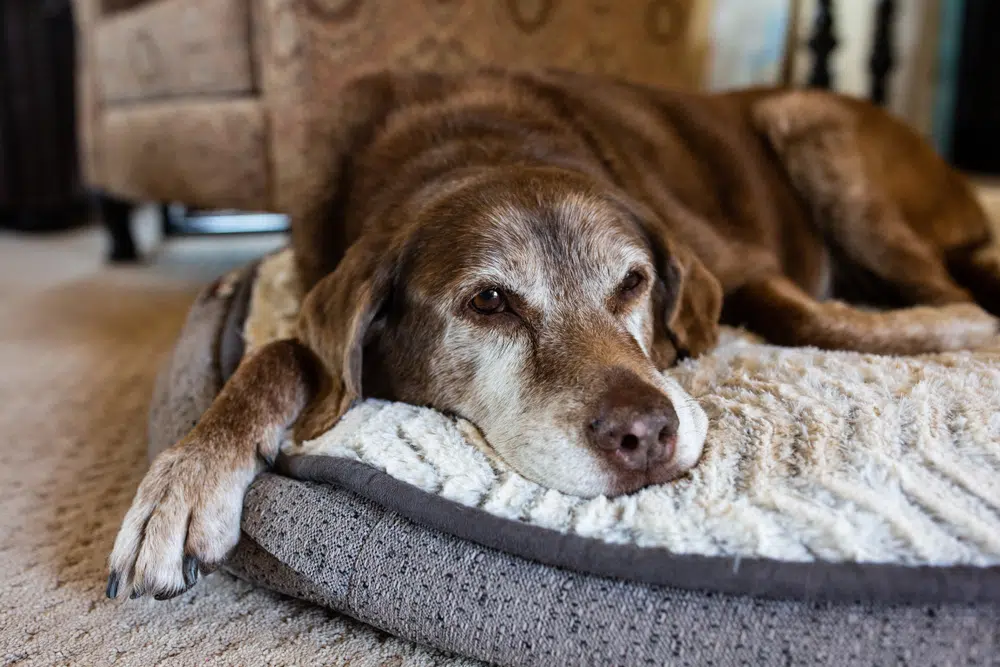
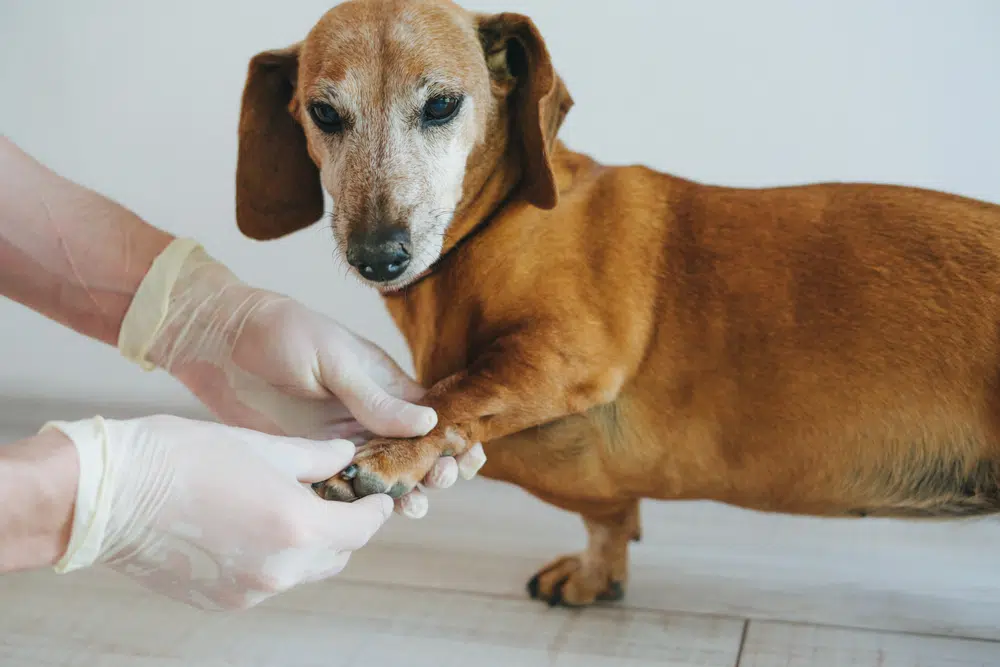

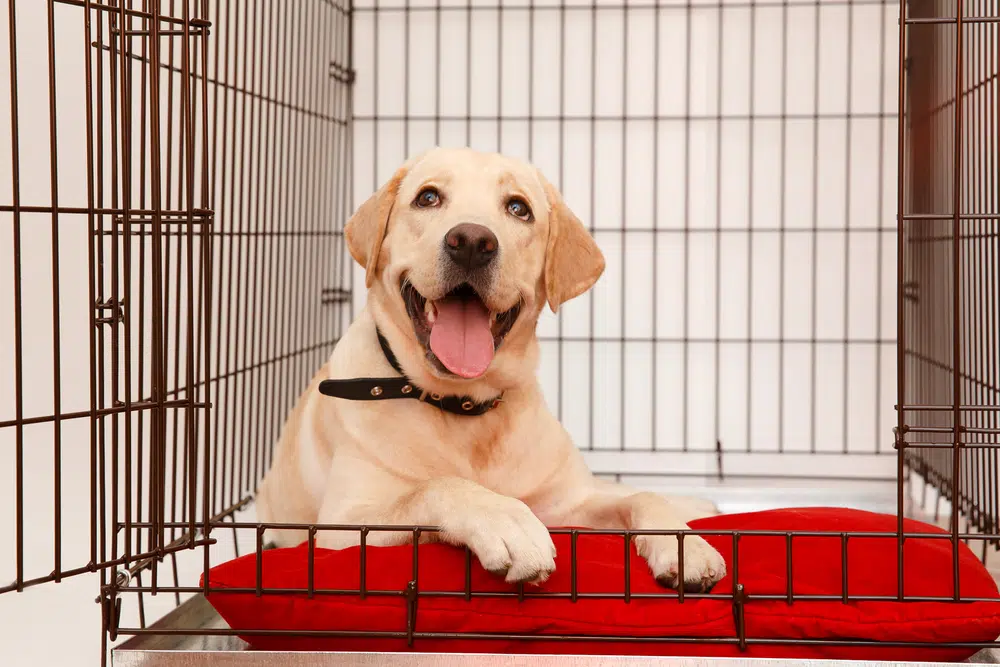


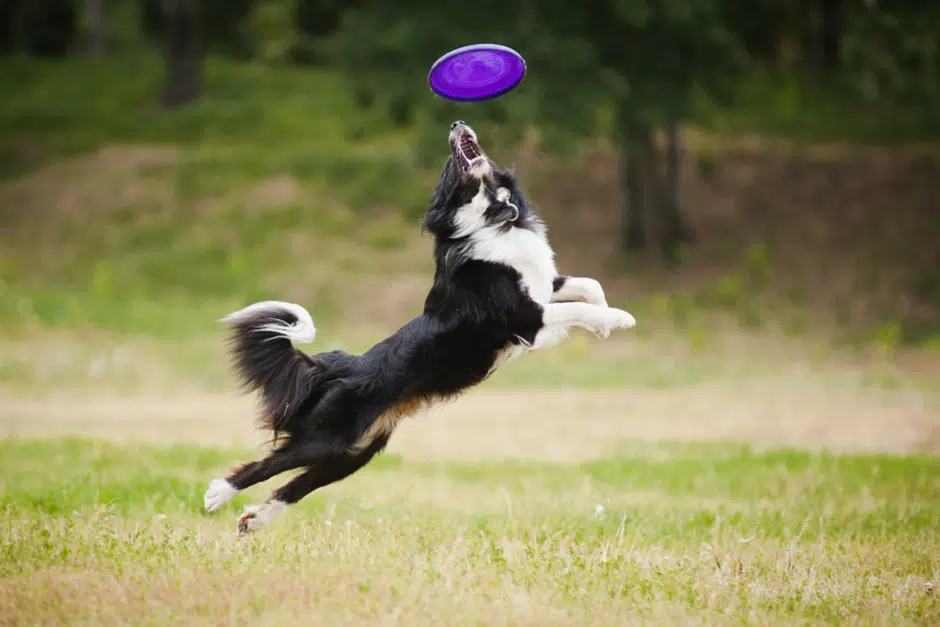



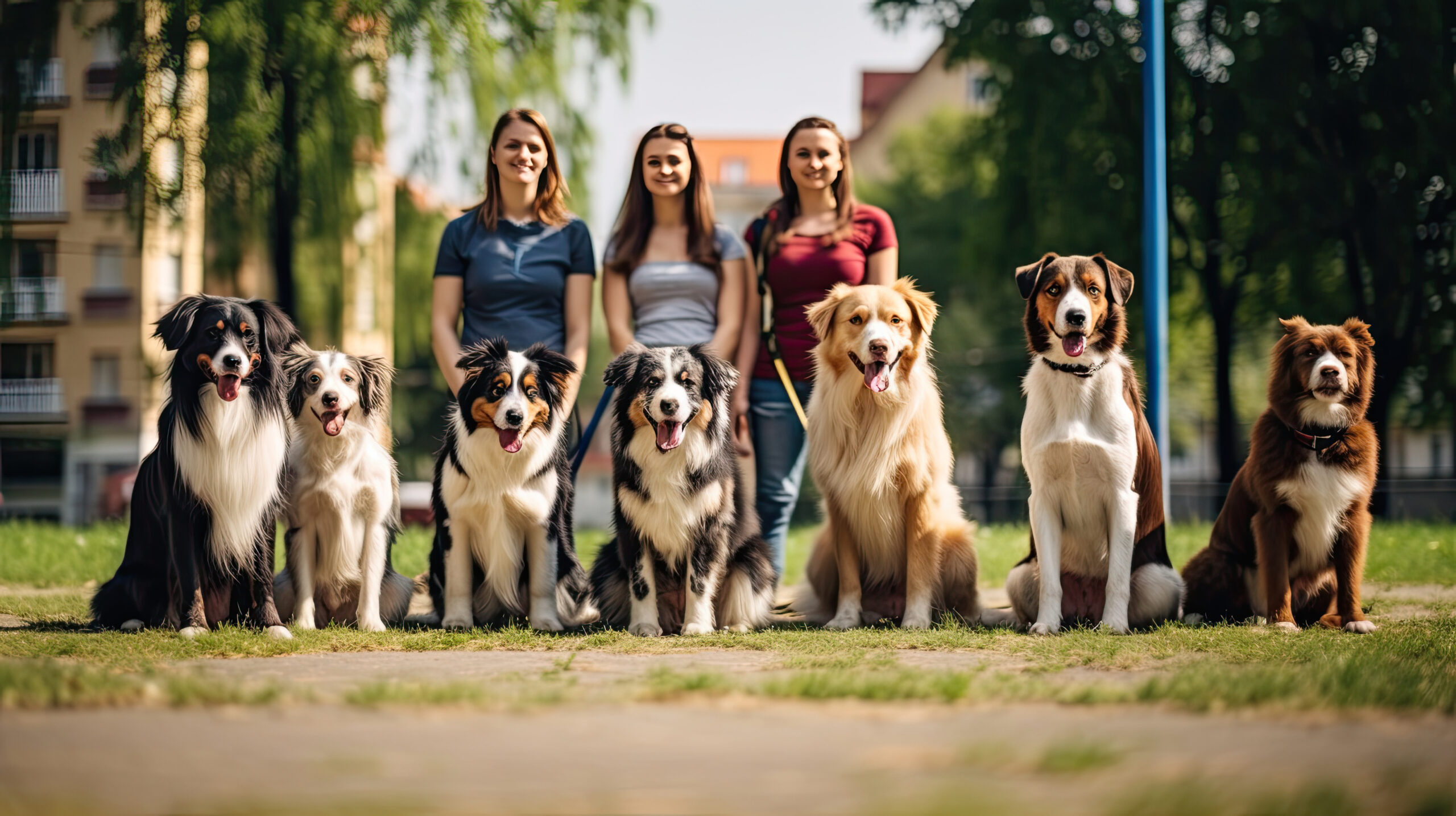
Get involved!
Comments